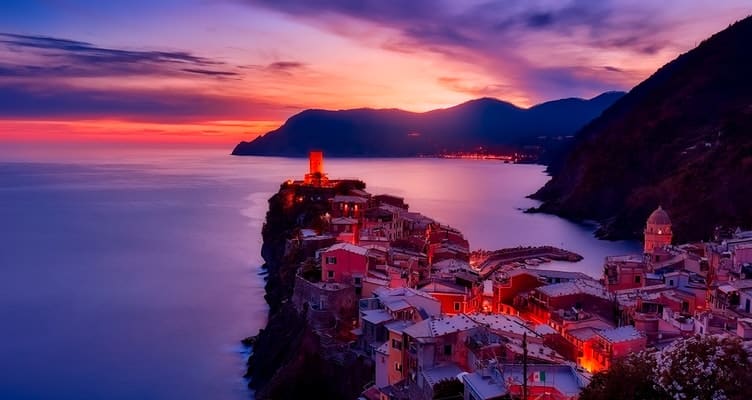

Fancy an Italian pad? If you’re considering a permanent transfer of lifestyle out of the UK and back in Europe, or trying to buy as an investment opportunity, the land of (ancient) history and romance is one of the top options Brits are looking to move internationally for.
Here we are going to take a very in depth look at purchasing Italian real estate – a buying property in Italy guide if you like – that should prove helpful whether you are planning to make a move yourself or sourcing properties to rent to others.
In terms of European real estate the conditions in Italy are ideal. There’s a good supply of affordable properties, outstanding long-term fixed mortgage offers and easy travel.
At the time of writing, no one knows what will really happen as the UK removes itself from the EU. The COVID-19 pandemic has muddied those waters and whether the British come out with a deal remains to be seen. However, buying property in Italy as a foreigner should not be overly affected, so if that’s a current concern for you it’s not a massive problem at all.
Answering the question of why Italy in general could take up this whole buying property in Italy guide by itself if we really wanted it to. But before you go any further you should set out in your own mind just why you would even consider such a move.
Put these three basic questions to yourself and answer them as best you can:
1. For whom are you buying this property primarily?
Is this purchase going to be as a holiday home, a purely financial investment or somewhere extra special to finally move to when you get out of the rat race and retire?
2. What do you see doing when there?
It could be bonding with your partner, entertaining family and friends, indulging in sport and entertainment or even working.
3. Which of these are you most interested in?
Is budget, property location, property type, or local facilities that is most important to you? All of these matter of course, but how much, and in what order you list them as a priority will vary according to your unique and individual needs.
If you are purchasing – or planning to purchase – property in Italy alone then answering these questions will be easier than if you are making this a joint venture with a significant other.
If it will be latter there may be some big issues to hammer out. Better to get those – as far as possible – out of the way early, especially if you only want to make a few trips to Italy to seek out property in person when you are ready to get started.
However you plan to make your big move into Italian real estate by getting very basic questions answered you ‘re going to be clearer on what you’re looking for and be able to move on to the finer details.
In the late 1990s, British passion for Tuscany in central Italy achieved such feverish intensity that some parts of its lush countryside – such as Chianti and Siena – were dubbed ‘Chiantishire’ by the British media. The Russians have since entered the stampede to help drive the prices higher but demand, and love for, the region continues. But Tuscany, as beautiful as it is, is far from the only area to consider that offers real estate that will suit any taste and a wide variety of budgets.
In this section of our buying property in Italy guide, we’ll take a look at some of the Italian locations that offer amazing living, investment and just sheer enjoyment possibilities when it comes to buying Italian real estate.
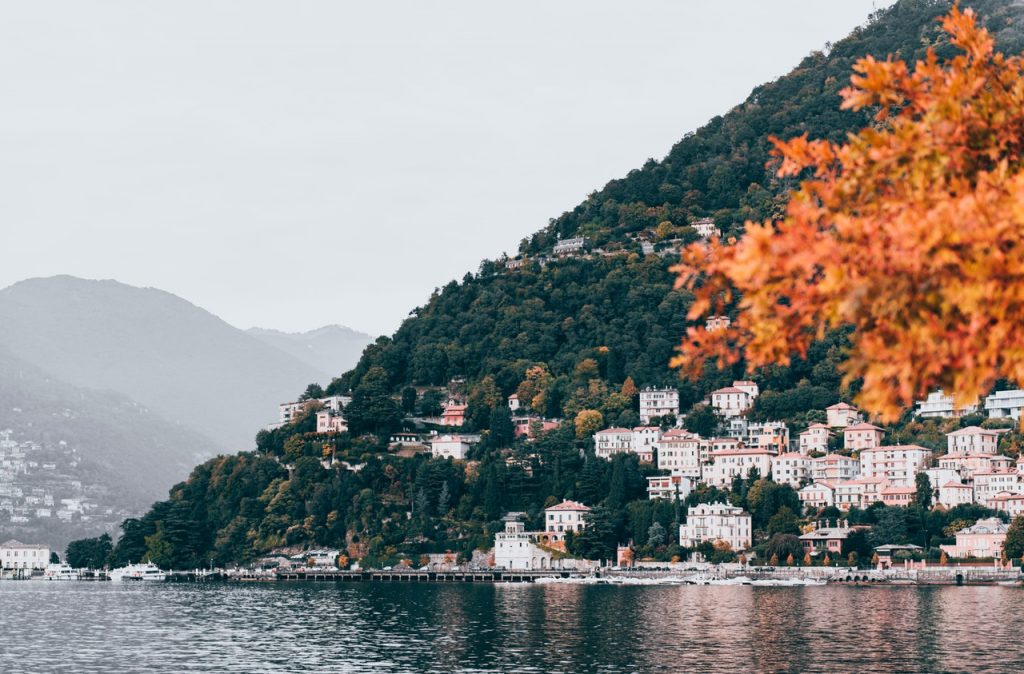
The Italian lakes – Maggiore, Garda and the now best known Como– are still in demand, and less well-known lakes are starting to be discovered by foreign buyers – according to local agents, with Lake Iseo and Trasimeno have shown significantly increased inquiries and purchase activity.
Prices go up in the various ‘more elite’ stretches of the lakefront hotspots but are more stagnant – and affordable- in the less common areas of these watery areas. For example, in Lake Como prices are higher on the lake’s sunnier (western / left) side – home to, among others, actor George Clooney – than on the southern end, where there are more attractions, due to easier access to Milan.
The ‘golden triangle’ area between Bellagio, Varenna, and Menaggio’s tourist attraction Belle Epoque towns is quintessential to Como, but those who want to dodge lots of tourist buses or use the lake for serious water sports still prefer the wilder northern end. House prices in the north are also cheaper: you could get a one-bedroom apartment in a former palazzo, with a view of the lake, for less than € 100,000 if you have the right local real estate connections.
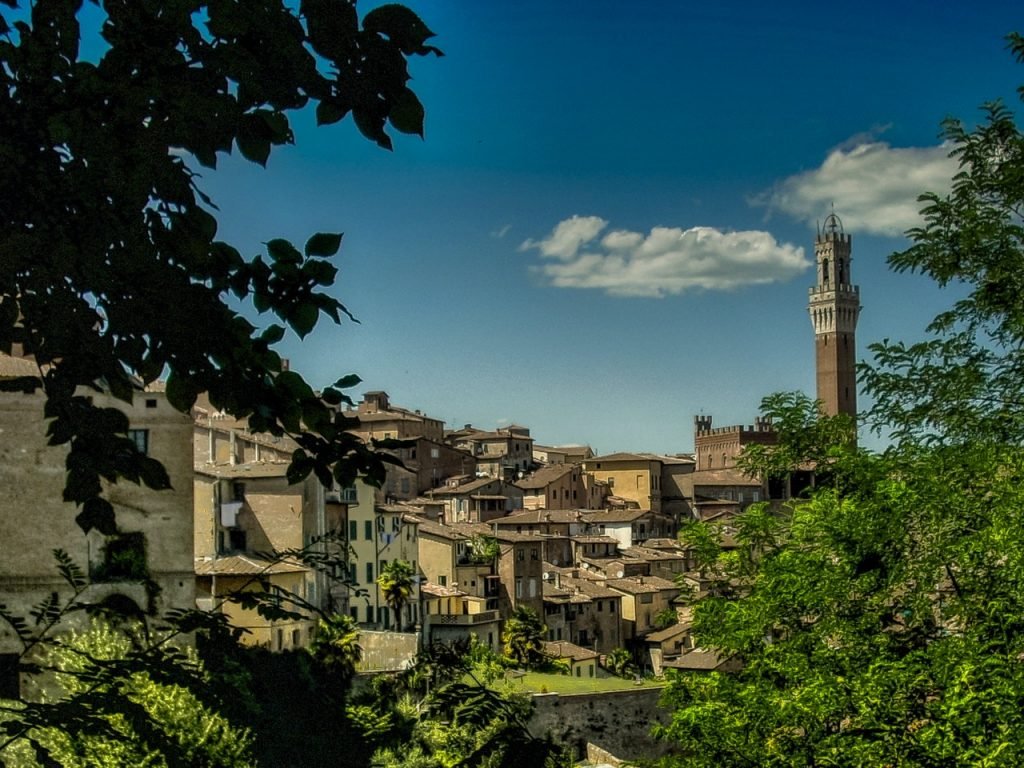
Tuscany, Umbria, Le Marche and Abruzzo – these regions in the heart of Italy offer the dream Italian real estate prospect for many of a village house or buckwheat-colored farmhouse set between green hills, olive groves and vineyards for many people. It barely needs an introduction, unlike Marche or Abruzzo – it has been immortalized in countless novels and Hollywood movies.
Particularly popular are the areas around Siena, San Gimignano, Lucca and the elegant Arezzo, where Sting owns a vineyard. In the central “Chiantishire” area between Florence, Siena and Arezzo, many of the finest estates and restored farmhouses are found, and, if you are lucky – or smart – a bargain or two.
There’s also the Lucca region – including Bagni di Luca, a trendy little spa town where you can expect to pay around €150,000 for a renovated three-bed village home. Just north of it is the valley of Garfagnana, which also includes the famous hilltop town of Barga.
Part of Tuscany ‘s appeal is also that it is well-placed for access to the north of the nation, be it Liguria or the lakes or Rome and the islands – Corsica, Sardinia or the nearer to home Elba and Giglio. This whole area is well-served by airports, too.
However, Tuscany is a vast and diverse area, and the northern section is not only easily accessible from Pisa, Florence, but also from the Bologna and Genoa airports.
The Lunigiana area will certainly appeal to some and is worth a property hunting visit, with its stunning Apennine scenery and beautiful fishing villages where the coast meets the Cinque Terre of Liguria. You can get a three-bed converted farmhouse up in the hills for about €200,000- and prices are around 50 % lower than the Chianti region.
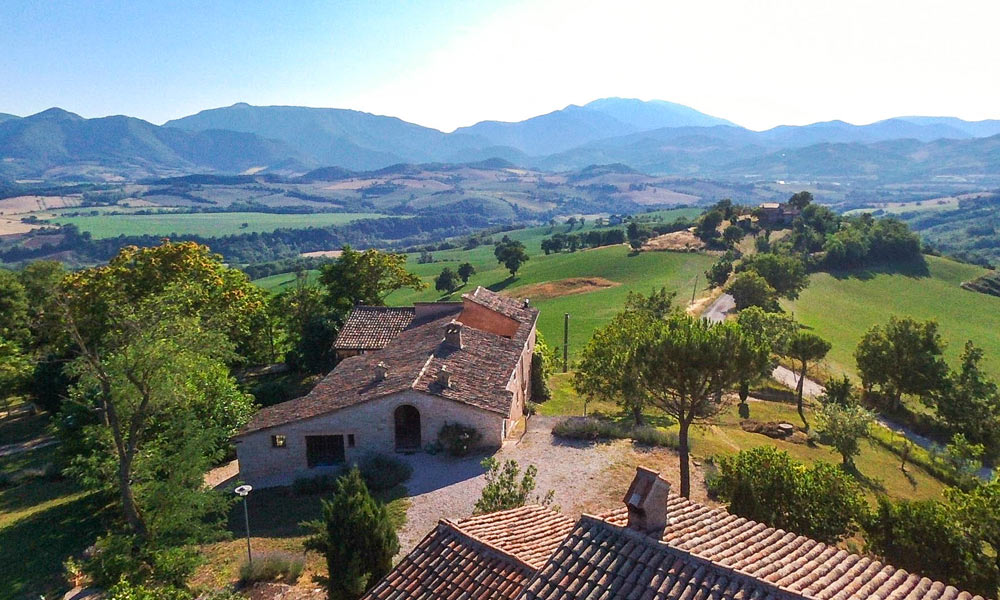
Tuscany / Umbria a little too Instagram/Hollywood for you? Perhaps you should take a look at the low, rural Le Marche area that has become used to being overshadowed by Tuscany and Umbria. It boasts rolling hills of wheat fields and vineyards, historic towns such as Urbino and Ascoli Piceno and 17 beautiful beaches. Moreover, it offers truffles, superb seafood and fine wines.
One bonus of the area being off foreign buyers’ radar is that the property prices are often lower. With a budget of €200,000, you can get plenty of inland properties, although you’ll pay more by the coast, or in the ‘golden triangle’ (yes, Marche has one too) of San Ginesio, Gualdo and Sarnano that’s popular with British buyers. For €350,000 to €400,000 you can get an old farmhouse with spectacular views to the Sibillini mountains on one side and to the Adriatic coast on the other.
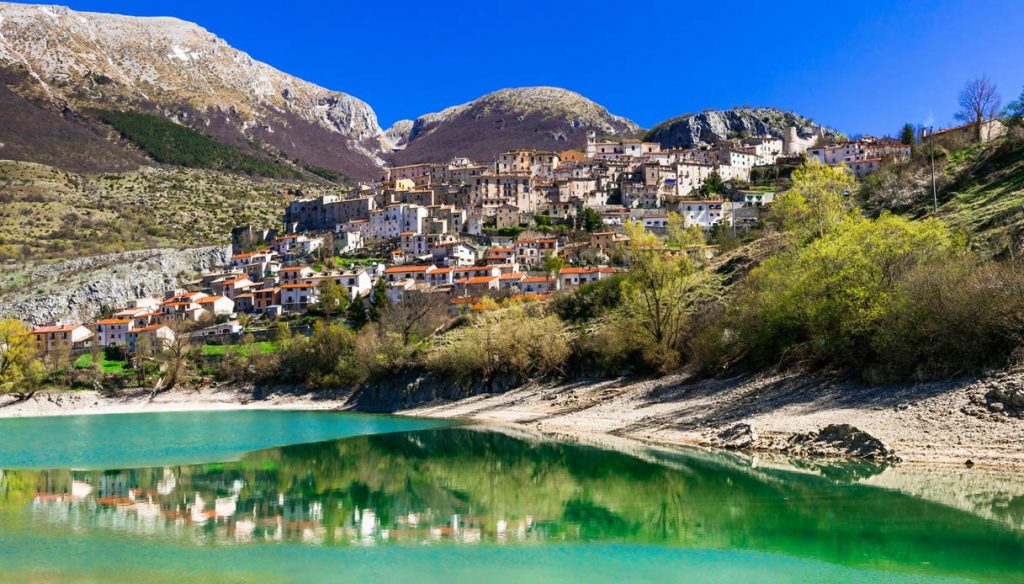
Bordering Lazio to the west, Le Marche to the north and Molise to the south, Abruzzo offers excellent transport links to explore other parts of Italy and is served by Pescara airport, while Rome is just an hour’s drive from the border.
Along with the tiny neighboring Molise, the Abruzzo is one of the most unspoiled areas in Italy, two-thirds mountainous a portion of it serving as declared national park. And it’s really simply beautiful too, and for certain parts of it the word “undiscovered” is used correctly, albeit less so as the years go by.
The region’s lack of tourism has helped preserve its historic vibe and many of the old – and even ancient Italian traditions are still found alive and well. If you want to buy property in ‘the old world’ then this is a great area to explore with your chosen real estate agent.
It’s an area marked by wild national parks including gorges, lakes (with water sports), mountains and ski resorts, and the Adriatic coastline is a rough coastline with beautiful modern sandy bays, private snorkeling coves and stunning hilltop cities.
Even the prices of the properties are shockingly affordable. You could get a two-bed townhouse to do up for as low as €20,000, but even a renovated one would be less than €100,000. Five minutes outside a town, a four-bed detached house could be €80,000, if you want room and privacy and don’t mind a bit of a walk.
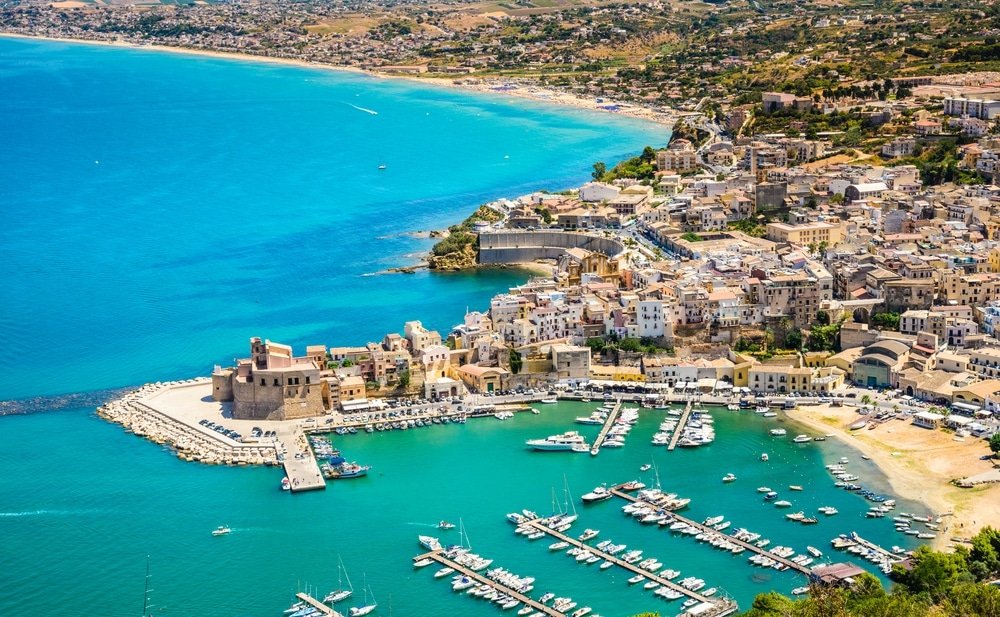
With elegant Baroque towns, Greek temples, amphitheaters and a backdrop scattered with opulent and often declining villas, Sicily offers the patina of fading greatness better than most. But for its wonderful climate, food and beaches, as well as its abundance of cultural and historical towns, it is a fashionable holiday destination for people from all walks of life.
Farmhouses in the countryside or apartments in trendy cities like Taormina or Catania have traditionally been of interest to buyers for whom the high property prices in coastal hotspots don’t make sense.
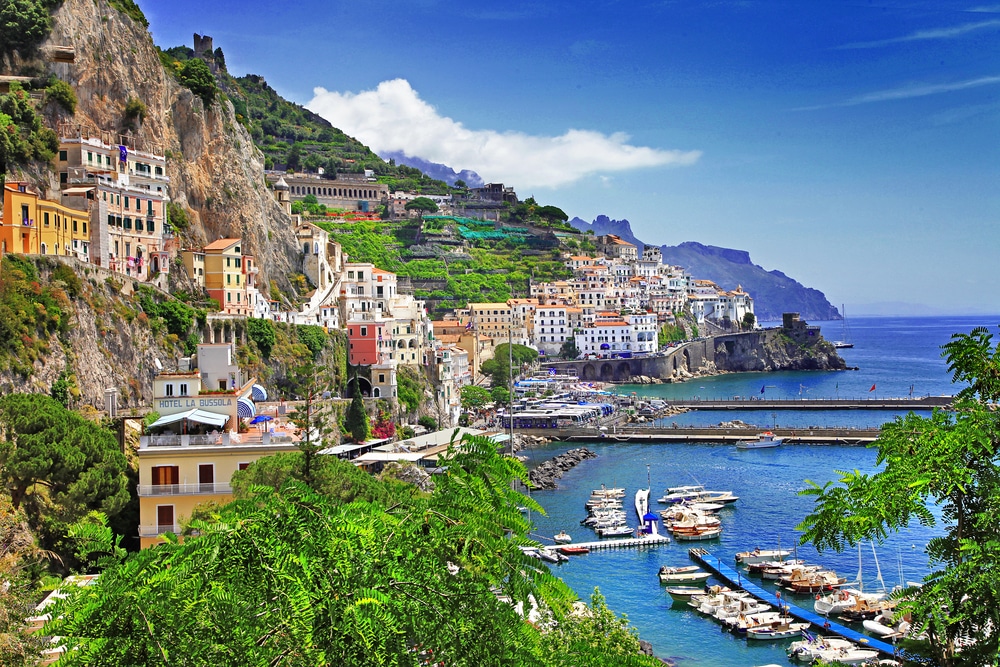
Loved by foodies and TV chefs alike, Italy’s sun-drenched heel has been trendy for a decade now and remains surprisingly unchanged and even a little rough around the edges. There’s plenty to love there though, from the hive-shaped stone Trulli houses and the rough olive groves landscape to the Greek-like Salento coves and historic towns.
Travel remains, however, a barrier for some buyers: it is more difficult to get from the UK than Tuscany or Milan. Not bothered by a bit of extra taxi fare? In the historic core of one of the towns, you will find a one-bedroom apartment with vaulted ceilings and travertine stone floors for around €70,000 or less if you can handle tackling some light renovation. And you can buy a fixer-upper farmhouse (Masseria) for about €250,000 and create the Southern Italian homestead of your dreams for less than you probably ever imagined.
Once you have determined where in Italy you would like to focus your search – or perhaps even before – it helps to understand what type of property might be available to you as well.
Homes in Italy can usually be divided into a number of different categories of real estate. You’ll should also note, of course, that not every property falls neatly into one of the classes.
As is the case with anything else, each type of property comes with its disadvantages and advantages, but to a large extent these will depend on the reasons you want to buy property in Italy in the first place.
So make sure that you are clear about the following major areas that will specifically impact the sort of property you want to commit to, keeping all the following in mind:
So, what are the different kinds of homes and properties generally available to those looking to invest in Italian property? Here is a very basic overview:
One of the key benefits of this type of property is that it will be very low maintenance and it’s perfect if you don’t want to be bothered with the unavoidable work involved in owning an older house.
You should also understand that if you’re trying to purchase a new property in a major city, it’ll almost always be part of a condominium, so you’re going almost certainly going to be buying an apartment.
You should be aware that almost all land in Italy is sold freehold. Therefore, you will own a proportional part of the condominium freehold and be responsible for your share of the general repairs, the roof repairs, lifts and ground maintenance, etc. Don’t forget to figure in those costs when you are crunching your numbers in terms of ROI.
New build houses are not rare in rural areas either, but they almost always find a ready-made demand since they are less common than older properties and so scoring a deal on one is rarely easy (or cheap.)
These are the unicorns of Italian properties for investors. Although they may be older homes they have been expertly restored to their original glory, are pretty much turn key and will fulfill the Italian living dreams of almost any would be property owner or renting holidaymaker. These are the properties that make it to all the travel shows and if you are thinking that all sounds rather expensive you are almost certainly right.
The property investor interested in this particular of Italian property for sale is usually afraid of major renovation projects, and does not think they will cope well with future surprises and potentially spiraling costs if the project does not go to plan. The trouble is that all of this is it makes this type of property a very popular category to search in and one which is in short supply, therefore much harder to find and probably far more expensive if you can.
This type of Italian house is a much better investment bet. A property which needs work done like new electrical wiring, plumbing, a new septic tank, etc. plus a little cosmetic improvement can often be found at a bargain price but its value will increase significantly once the basic work is done. Keep in mind this is only true as long as two things are adhered scrupulously to:
Investing in this type of Italian property would require you to invest in things like new doors, windows, bathrooms, kitchen, partition walls, general re-design, etc. In short, it’s going to need some serious work.
Done right though by completing this kind of more extensive renovation work you could move the property into that very much sought after second type of property we mentioned here, the ready to move in-in excellent condition, restored / renovated property. And, as previously touched on, those are the properties that are the ones that most people – buyers and tourists – are really looking to get into.
Obviously the above-mentioned styles of homes in Italy do not take into account the size, which is a whole different matter. And generally, apart from the first category, all the above types of properties may also fit into the following sub-categories:
Speaking of the terms used to describe properties for sale in Italy you may, as you start going through listings and advertisements come across terms you don’t quite understand being used to describe the type of property on offer. Here are some of the most common:
a
Buying real estate anywhere in the world usually calls for a certain set of professionals to be involved aside from the actual buyer(s) themselves. In Italy this ‘cast’ is a bit different to the one you might need to assemble in the UK or US, and there is actually quite a lot of bad information out on the Internet that can confuse foreigners interested in buying property in Italy a lot.
For example, a lot of buying property in guide type articles will insist that you need a lawyer to complete your transaction. Which scares a lot of people off because, no matter where they practice, lawyers are not cheap.
The fact is though that most real estate transactions, even those involve foreigners, can be executed perfectly without a lawyer involved. Occasionally a complicated purchase may call for one (more on that in a while) but generally speaking there are other players that do the work you might expect a lawyer to in other countries, so retaining one is not needed.
Before we go too much further though it should be pointed out that what follows is a general guide. Every transaction is unique. Each house has its own history and every seller and buyer has their own needs.
Still, there is a routine procedure that is followed when purchasing virtually all Italian properties and that’s what we are going to take a closer look at here.
Who are the players that must be involved in purchasing property in Italy that we just mentioned? Let’s introduce them:
If you’re a foreigner who doesn’t speak Italian but has chosen to buy a house in Italy, you’ll probably need to contact an English-speaking realtor (or more than one!) Or-if you ‘re fortunate-you might find a realtor speaking your own language as their native tounge but still has a great working knowledge of not only Italian real estate but the country and its customs in general.
In Italy, real estate agents are required by law to register with the local chamber of commerce and carry a special identification card called the patentino di agente di affari in mediazione.
Anyone claiming to be a registered real estate agent should be asked to show you their patentino di agente di affari in mediazione, so you can check that they are above board. It should also be remembered that, in Italian law, real estate agents are expected to take out a liability insurance policy to cover their clients. This is important too, so you might want to ask to see proof of that as well.
One note here. You DO NOT have to use a Realtor to buy property in Italy. They help facilitate your search, can often show you properties for sale that you could not find alone, they have the local knowledge you need and just generally prevent you – as a foreigner – make huge, expensive mistakes (it happens) But will you be prevented from buying Italian real estate if you choose to go it alone? No. But it will be a lot harder to get the property you want at a good price.
If you are going to buy a property in Italy you have to work with a notary. This person is a non-negotiable must and their work is at the heart of any property purchase, whether it’s made by a local or by a foreigner.
Why are these people so important? It is a notary who seals the actual purchase contract (aka seals the deal). A notary is a public official but in reality they are also lawyers who specialise in property purchases and public deeds.
To obtain their professional license, Italian notaries must hold a university degree in law and spend at least 18 months training in a notarial office. Then they have to pass a very challenging public exam.
If they pass, they’ll be able to access the register of public notaries in Italy and officially start working on their own. If they fail not only do they have to take the exam again, but they have to undergo ANOTHER 18 months of training first. So these are some seriously qualified – and dedicated – people.
You may pick any notary from Italy’s public notary register. But the notary you select should be one who works near the town or city where your prospective house is located, for obvious reasons. It is also helpful if they speak English, which, to be fair, the majority do.
You, as the property buyer, will be responsible for paying the notary for their services, as well as any commission due to a Realtor. Your real estate agent will almost certainly be happy to be paid at closing, but your notary may require at least some of their fee upfront.
Again, in general, you should not need to retain a lawyer to buy property in Italy. Why? Because a notary pretty much does it all. They do have that law degree after all.
Deeds can get complicated in Italy, especially for an older property. Sometimes real estate transactions within an Italian family can be rather lax, so to avoid buying a property that then turns out to actually belong to the seller’s third cousin twice removed because of something Great Grandma said you really do need the superior investigative powers – and sheer patience – that a notary has.
A registered notary is the person who, under Italian law, completes all the legal checks, like the ones we have just mentioned, prepares the final deeds of sale – and sometimes the preliminary agreements as well, holds the escrow bank account that the law requires the money that is going to be paid for the house is deposited in, pays all the required transfer taxes and is responsible for registering the new deeds to the Agenzia delle Entrate. There’s really not a lot left that a lawyer could do.
There is one exception to this. If you decide to forego the services of a real estate agent, and you also don’t have a really savvy local real estate expert on your side then retaining a lawyer may be in your best interest, in case things get more complicated than you planned for them to.
As is the case for any real estate purchase there are a number of essential documents that have to be gathered for presentation at the closing. These include all the following:
All these documents will need to be in order before your chosen notary gets serious about the legwork they need to do before the closing. In most cases, if you are working with a real estate agent most will be on hand, as almost all Italian real estate agents don’t even list a property until they are. It’s too much hassle to try to track them down after the fact and if any are missing the sale is in jeopardy, so it’s only sensible that they do.
Occasionally some documents present problems. The floor plan, for example, may no longer match the real layout of the property, if the seller has done some renovations to the home. This is a relatively easy ‘fix’ though, as drawing up a new set of floor plans that do reflect the current state of the home should not be too hard (and again, most real estate agents will have already made sure that the floor plans are correct before the property is listed.)
Now that you have a better idea of where in Italy you should be sourcing properties to buy, what types might be available to you and the players that you will need to assemble to effect a sale in part 2 of this Ultimate Buying Property in Italy Guide we will examine the actual buying process and how it proceeds in much greater detail.
There are no restrictions for foreigners that are looking to buy property in Italy. There is a verification process when buying property in Italy but no restrictions are included.
Property for sale in Italy is one of the cheapest countries in Europe so if the price is a concern then Italy is the place for you.
Due to the pandemic now is a perfect time to buy property in Italy. The prices have fallen and more properties are available.
When you buy property in Italy you have the following taxes:
You don’t have to live in Italy to buy property and you don’t have to be an EU citizen. If you plan on living in Italy then you would need to show that you have a right to stay in the country, generally with a visa.
Company Address
Pearl Lemon Properties
34-35 Strand, Charing Cross, London WC2N 5HY
Contact Detail
UK: +442071833436
US: +16502784421
© All Rights Reserved | Company Number: 10411490 | VAT Number: 252 7124 23